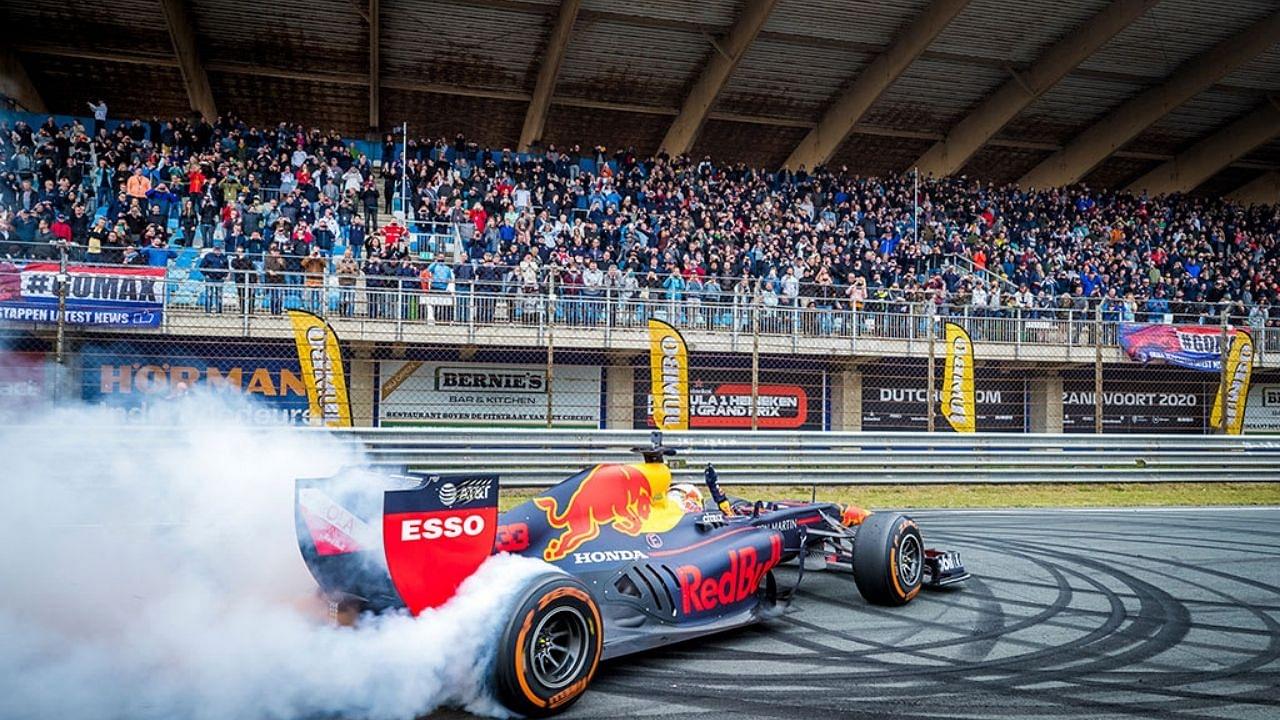F1 2022 regulations: What are the key changes in the technical regulations of Formula 1, impacting both the new-look car and driver performance?
The 2022 F1 regulations have been put in place primarily to prevent “catastrophic downforce loss”, as per an engineer associated with the sport. This comes from ‘dirty air’ being released by the leading car, making it ever-so-difficult for the trailing car to overtake. The regulations will re-introduce the ground effect formula, after a gap of four decades, to reduce the flow of dirty air and allow closer racing.
F1 2022… New regulations
motor racing going back to its roots with the reintroduction of riding mechanics..
— Sploder (@sploder90) December 28, 2020
Tyres: Pirelli will introduce bigger 18” wheels, to reduce the amount of overheating, something that should assist in closer racing too. The cars will weigh higher as a result, from 752kg currently to 790kg.
Fuel: With the aim of making the sport move towards a zero-carbon footprint, ‘E10 fuels’ will be introduced. E stands for ethanol, while 10 is the percentage of it in the fuel mixture. Currently, the fuel contains only 5.75% bio-components. Ethanol will need to be a second-generation biofuel produced in a sustainable way, to meet the fuel regulations.
Calendar: Apart from the technical changes, fans will also have the opportunity to witness more races in a season. This after the maximum number of races in a season was increased to 25.
Due to the pandemic, the 2020 season just 17 races to be held, which was in itself a huge achievement by the sport. This season, the number stands at 23, a record in the sport.
The magic number of 25 could be made possible by condensing the weekend race schedule. The ‘media day’ has been shifted from Thursday to Friday, giving teams an extra day for themselves.




